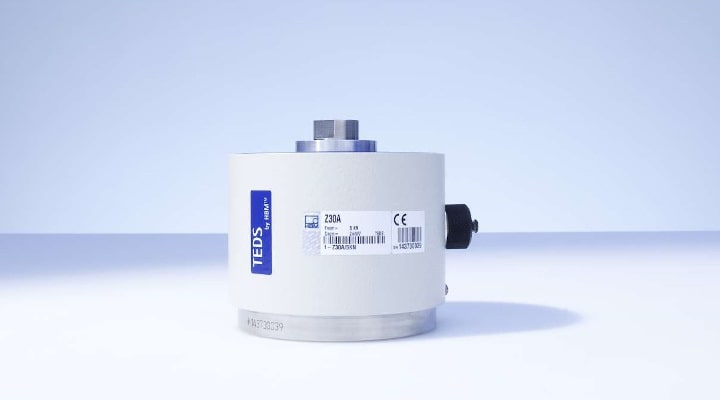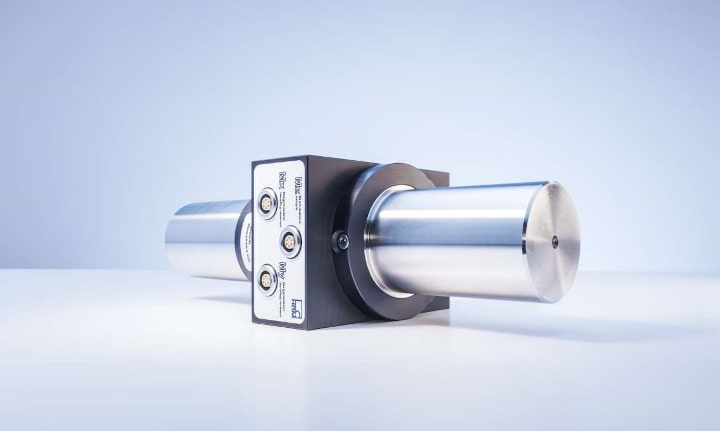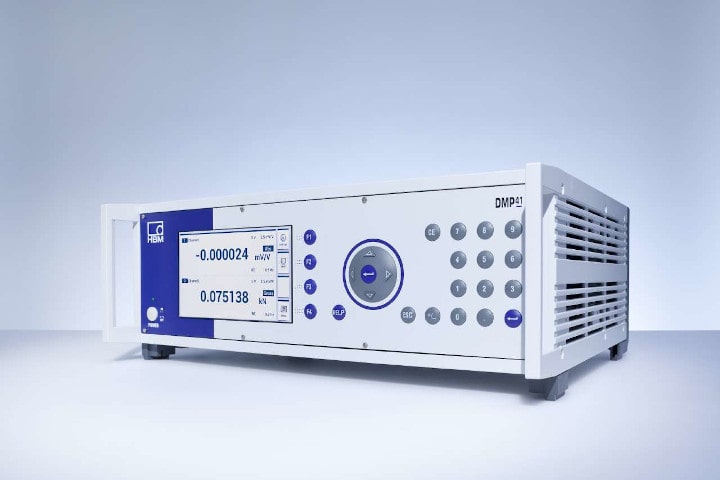HBM’s TN reference torque transducers are also optimized for international comparison measurements. In this case, the special challenge is that a monolithic design in shaft shape is required for comparison measurements. However, shaft sensors can only be designed as “open” sensors and not hermetically sealed, as it is the case with the better part of the strain gauge-based sensors. This poses the challenge of making the sensor immune to fluctuations in relative humidity. This is necessary even though the laboratories are air-conditioned since the sensor must be transferred from laboratory to laboratory.
The version used for the TN reference torque transducer shows such a low dependence on humidity that “climate adjustment” can be performed in the shortest possible time. This implies that the total time required to pass through all the laboratories, including the transfer time, can be reduced, however, the results still fulfil a certain measurement condition.


